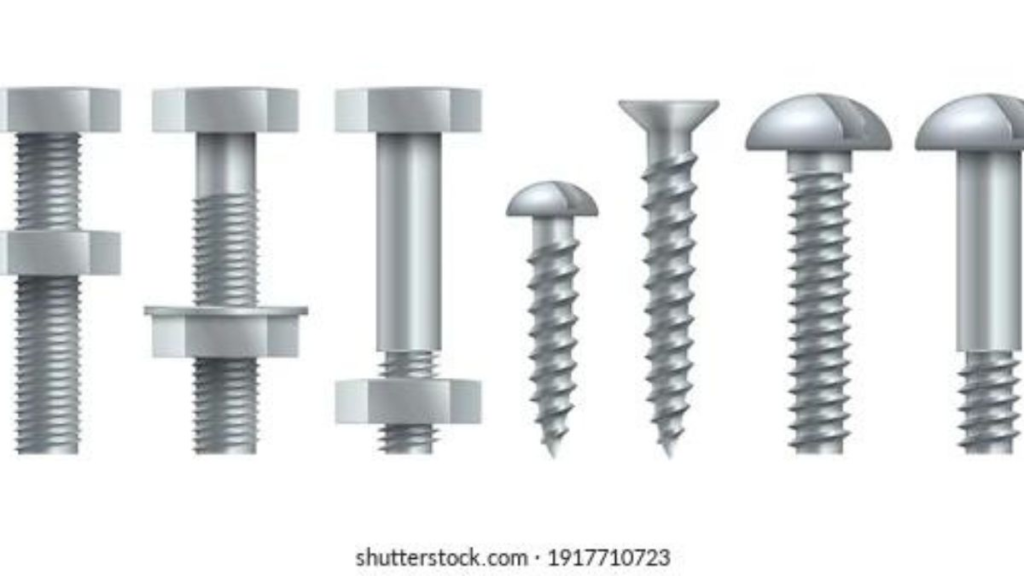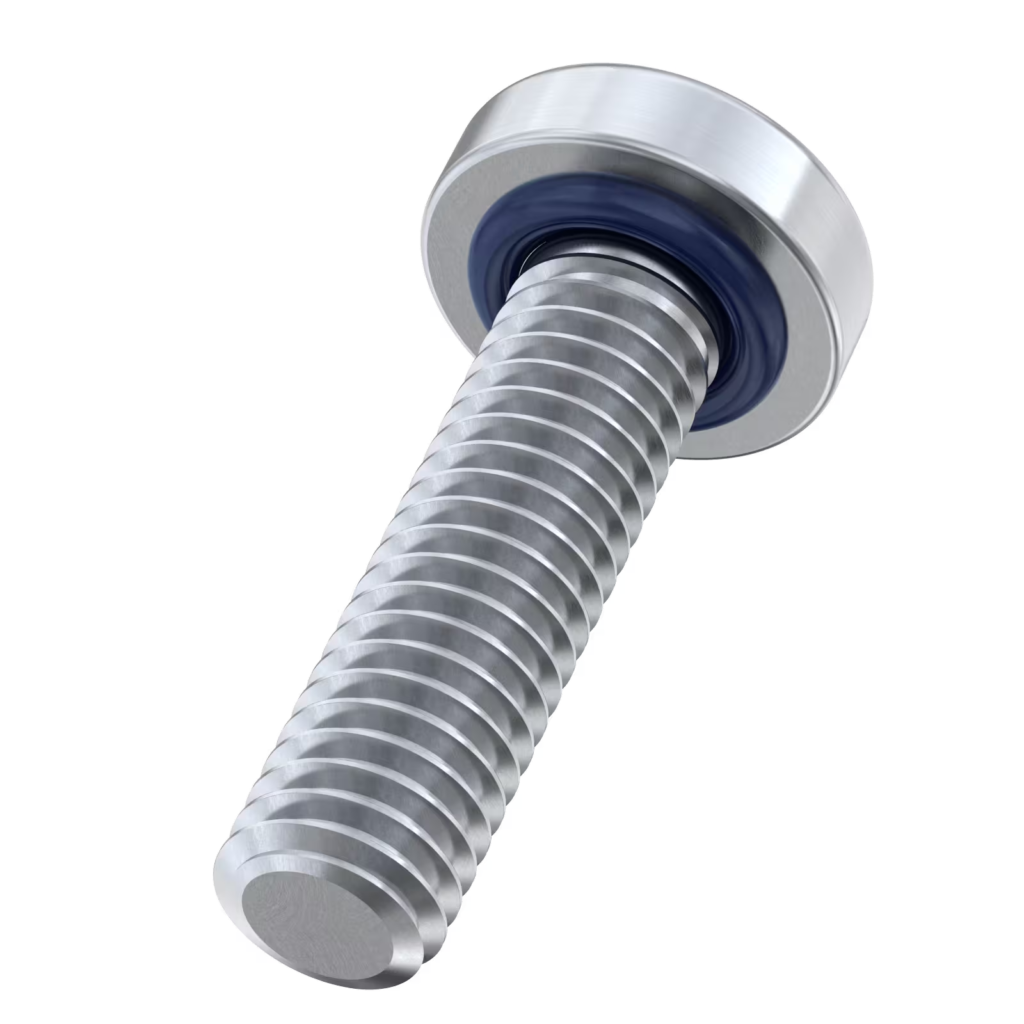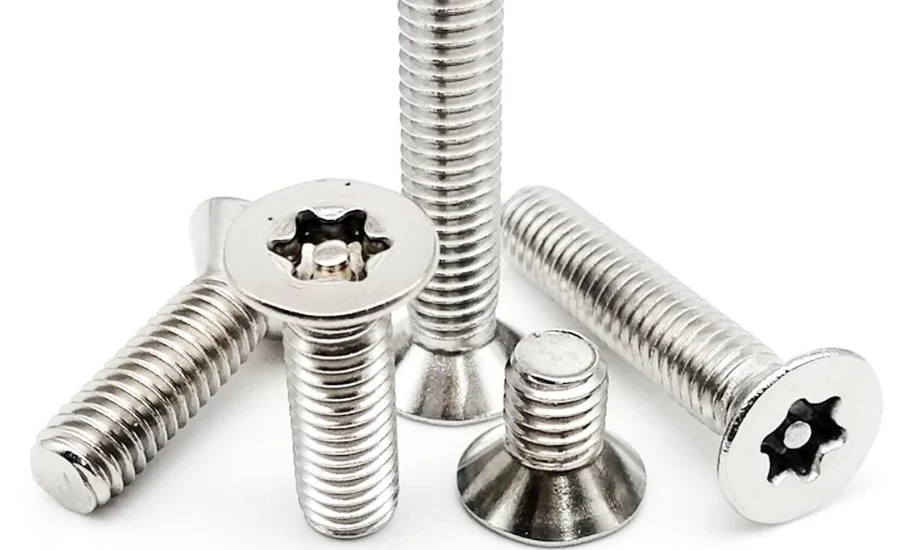When embarking on a new project, whether it’s a DIY home improvement task or a large-scale industrial application, choosing the right fasteners is crucial for ensuring durability, safety, and effectiveness. Among the many types of screws available, the 623-483-04 Screws has gained attention for its specific applications and benefits. This article will guide you through the process of selecting the right 623-483-04 screws for your complete projects, covering essential factors such as specifications, materials, compatibility, and more.
Understanding the 623-483-04 Screws
Before diving into the selection process, it’s essential to understand what a 623-483-04 Screws is. This designation typically refers to a specific type of screw with distinct dimensions, threading, and head type, commonly used in various industrial and manufacturing applications. While the exact specifications may vary depending on the manufacturer, 623-483-04 screws are generally characterized by:
- Size and Length: The dimensions of the screw determine its suitability for different materials and applications.
- Thread Type: This can affect the grip and holding power, which is vital for the screw’s performance.
- Head Design: The shape and style of the screw head will influence how the screw can be driven into a surface and how it interacts with other components.
Step 1: Assess Your Project Requirements
The first step in choosing the right 623-483-04 screws is to assess your specific project requirements. Consider the following questions:
- What materials are you working with?
- Different materials may require different screw types for optimal performance. For example, wood, metal, and plastic all have varying densities and properties that can affect how well a screw holds.
- What is the load requirement?
- Determine the weight and stress that the screw will need to support. Heavier loads may necessitate screws with higher tensile strength.
- Will the project be exposed to elements?
- If your project is outdoors or in a humid environment, consider whether you need corrosion-resistant screws.

Step 2: Choose the Right Material
The material of the screw is a critical factor that impacts performance, durability, and compatibility with your project. Common materials for screws include:
- Steel: Offers high strength and durability but may require coating to prevent rusting.
- Stainless Steel: Excellent for outdoor or moisture-prone applications due to its corrosion resistance.
- Brass: Provides a classic aesthetic and good corrosion resistance but is generally not as strong as steel.
- Plastic: Suitable for lightweight applications or where electrical insulation is necessary.
When selecting 623-483-04 screws, make sure to match the material with the environmental conditions and the materials you’re fastening.
Step 3: Consider Thread Type and Pitch
The thread type and pitch of the 623-483-04 screw can significantly influence its performance. Threads provide the grip needed to hold the materials together. There are several types of threads to consider:
- Coarse Threads: These have a wider spacing between threads and provide better grip in softer materials like wood. They are easier to drive and remove but may not hold as well in harder materials.
- Fine Threads: These are closer together and provide better holding power in harder materials like metal. They are more resistant to stripping but can be more challenging to drive in.
For projects involving various materials, consider using a mix of coarse and fine threaded screws based on the specific requirements of each application.

Step 4: Evaluate Head Types
The head design of the screw affects how it is driven into the material and how it will look once installed. Common head types include:
- Philips Head: Allows for easy driving with a standard screwdriver and provides good grip.
- Flat Head: Sits flush with the surface when installed, making it ideal for applications where appearance matters.
- Hex Head: Provides a larger surface area for driving, making it suitable for heavy-duty applications.
- Torx Head: Offers excellent torque and is less likely to strip compared to other head types.
Choosing the right head type will depend on the tools you have available and the aesthetic requirements of your project.
Step 5: Determine Length and Size
The length and diameter of the 623-483-04 screw are crucial for ensuring it fits your project’s needs. To choose the right size:
- Length: The screw should penetrate deeply enough into the material to provide a secure hold without breaking through the other side. As a general rule, aim for a minimum of 1.5 times the thickness of the material you’re fastening.
- Diameter: The diameter of the screw should be appropriate for the load it will carry. Thicker screws offer more strength but may require pre-drilling in certain materials to avoid splitting.
Step 6: Test Compatibility
Before making a bulk purchase of 623-483-04 screws, it’s advisable to test a few samples in your actual project environment. This allows you to assess:
- Ease of Installation: Are the screws easy to drive in without damaging the material?
- Holding Power: Do they securely hold the materials together under load?
- Aesthetic Appeal: Does the head design suit your project’s visual requirements?
Testing will help you confirm that you’ve made the right choice before committing to a larger quantity.
Step 7: Sourcing and Quality Assurance
Finally, when you’ve decided on the specifications, it’s essential to source high-quality 623-483-04 screws. Look for reputable suppliers who provide detailed specifications and quality assurance. Consider the following tips:
- Check Certifications: Ensure that the screws meet industry standards for quality and safety.
- Read Reviews: Customer feedback can provide insights into the performance and reliability of the screws.
- Compare Prices: While quality is paramount, it’s also wise to compare prices across different suppliers to ensure you’re getting the best value.

Conclusion
Choosing the right 623-483-04 screws for your project involves careful consideration of various factors, including material, thread type, head design, and size. By following this guide, you can ensure that your selected screws not only meet the technical requirements of your project but also contribute to its overall success.
Whether you’re working on a small DIY project or a large industrial application, understanding the nuances of screw selection will help you achieve a durable and aesthetically pleasing result. With the right 623-483-04 screws in hand, you’ll be well-equipped to tackle any project with confidence.
